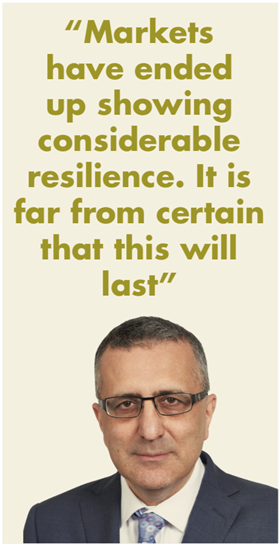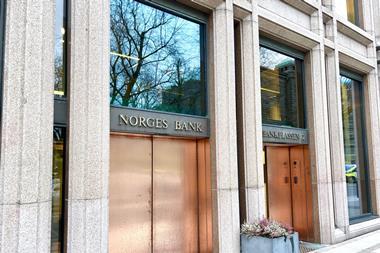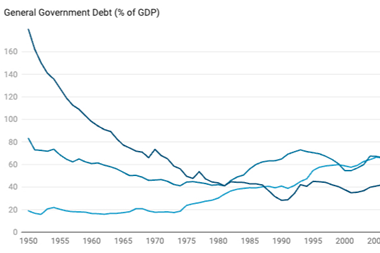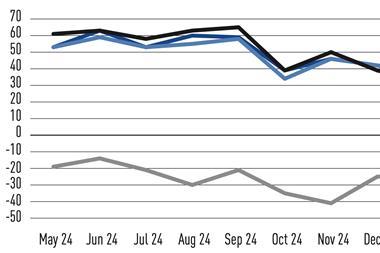The past few months have brought huge discrepancies between the financial markets and the economy.
Undoubtedly, the most discussed is the disjuncture between the strength of the S&P 500 and the weakness of the US economy. The OECD has forecast that US GDP will fall by 3.8% this year – not as bad as Europe but still horrendous – while the main US equity index has performed well.
Similarly, emerging market debt has made a dramatic recovery since March, but the economic situation remains dire. Asia-Pacific, for instance, is expected to record its lowest GDP growth rate since 1961. China looks set to grow in 2020 but far below the stellar rates it had come to enjoy.
Naturally, a closer examination reveals some of the reasons for this discrepancy. The S&P 500, for instance, has been buoyed by the strong performance of the big US technology firms. Companies such as Amazon and Google are among the few that have benefited from the COVID-19 pandemic and the associated lockdown measures.
In the case of emerging market debt it is clear that liquidity dried up in March. Many investors were keen to sell but few wanted to buy. This helps explain why spreads widened so dramatically.

However, such explanations are not the full story. And many others are unconvincing. Most dubious in this respect is the claim that asset prices have discounted what is already known and are therefore anticipating future developments. This is more an article of faith than an explanation. It simply assumes that, by definition, it must be true. The conclusion is embedded in the premises.
Much more convincing is the claim that asset prices have been artificially bolstered by injections of liquidity from central banks plus high state spending. This was true after the global financial crisis but it has happened on an even grander scale during the COVID-19 era.
Investors would do well to remember that financial assets – like bank notes – have no intrinsic value. They are ultimately claims on earnings generated by real economic activity.
The wider the gap between the financial markets and the real economy the more scope there is for instability. Those expecting a relatively smooth ride are likely to be disappointed.
If anything, what needs to be explained is how relative stability has been maintained for so long. Of course, there has been severe volatility every few years, including the bursting of the tech bubble in the early 2000s and the global financial crisis. Nevertheless, despite the pain, markets have ended up showing considerable resilience. It is far from certain that this will last.
Daniel Ben-Ami, Deputy Editor
daniel.ben-ami@ipe.com

































No comments yet